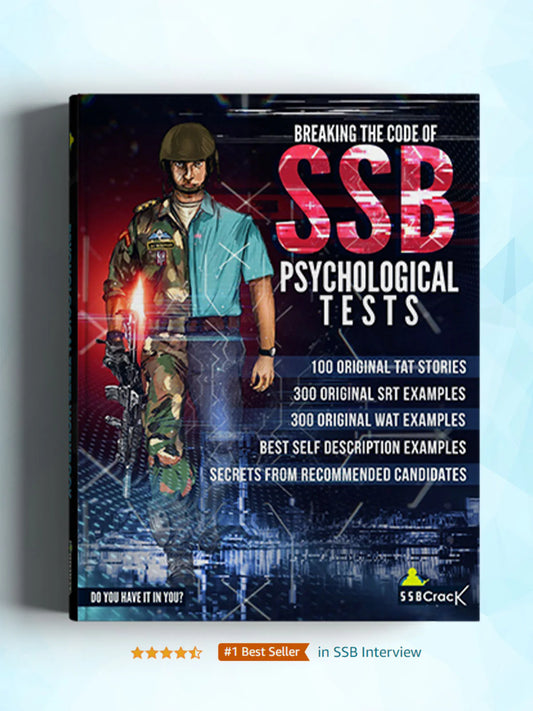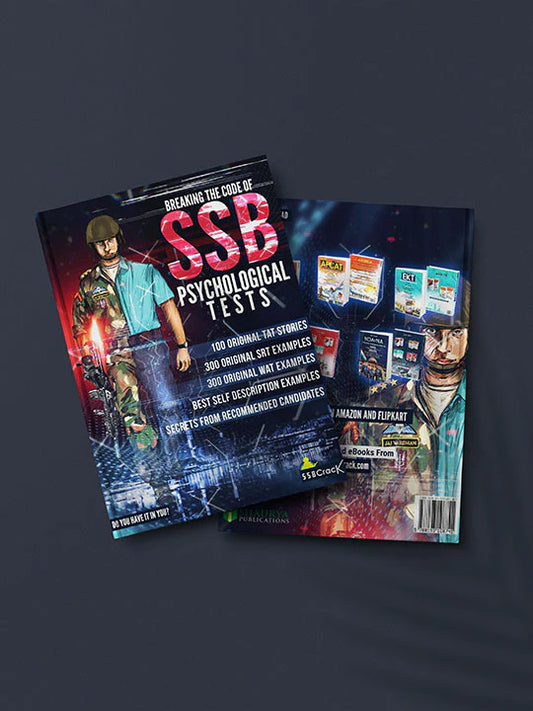NDA Cutoff Marks & Previous Year Trends: How Much You Need to Score

In a competitive examination landscape like India's, understanding the nuances of the NDA (National Defence Academy) examination is crucial for aspirants. The NDA is a prestigious gateway for many young individuals who wish to serve in the Defence Forces of India. As thousands of candidates prepare for this examination each year, one critical aspect they must grasp is the NDA cutoff marks — the minimum score required to qualify for further stages of selection. This article delves into the NDA cutoff marks and previous year trends, equipping candidates with the knowledge needed to strategize their preparation effectively.
Historical Context
The National Defence Academy Exam has been conducted by the Union Public Service Commission (UPSC) since 1954. Its primary objective is to select candidates for training in the NDA, Pune, where they prepare to be future leaders of the Indian Armed Forces. Over the decades, the exam format, subjects, and the difficulty level have witnessed significant changes, evolving to meet the requirements of a competitive landscape.
Initially, the NDA exam comprised only written tests. However, it has evolved to include stages like the SSB (Services Selection Board) interview, where psychological tests and physical stamina evaluations determine a candidate's suitability for Defence service. This multifaceted selection process underlines the importance of understanding the NDA cutoff marks, as they can vary yearly based on overall candidate performance, exam difficulty, and various other factors.
The Importance of Cutoff Marks
Cutoff marks serve as a barometer for candidates aspiring to enter the NDA. They indicate the minimum score that candidates need to achieve to qualify for further rounds, specifically the SSB interview for shortlisted candidates. Understanding these marks is pivotal for several reasons:
- Benchmark for Preparation: Knowing the previous years' cutoff trends provides aspirants a clear target to gauge their preparation levels.
- Goal Setting: Setting a defined goal based on historical cutoff trends can be highly motivating and gives students a tangible milestone to aim for during their preparation.
- Strategic Learning: Familiarity with the cutoff can guide candidates on areas where they need to focus more during their studies, particularly subjects that historically correlate with higher cutoff scores.
Analyzing NDA Cutoff Marks: A Year-by-Year Overview
Cutoff Marks for Written Exam
The NDA cutoff is officially released by the UPSC and is categorized into two parts: one for the written exam and another for the overall selection process, which includes the SSB interview.
- 2021: The cutoff for the written examination was set at 350 marks out of 900.
- 2020: The cutoff saw a slight increase, rising to 365 marks.
- 2019: Candidates needed to score at least 342 marks to be eligible for the SSB interview stage.
- 2018: The cutoff stood at 338 marks, compared to 274 marks in 2017, showing a significant rise in competition.
- 2017: The cutoff score was notably lower at 274 marks, reflecting perhaps the varying difficulty levels of the exams across different years.
These marks must be viewed not just as statistical data but as reflections of the exam's competitiveness in a given year.
Factors Influencing Cutoff Marks
The NDA cutoff marks fluctuate for a variety of reasons:
- Difficulty Level of the Exam: The complexity of questions significantly impacts how many students can effectively score above the cutoff. If a particular year’s exam is perceived as tough, lower cutoff marks might result.
- Candidate Performance: The overall performance of candidates significantly affects the cutoff. A higher average score typically leads to higher cutoff marks.
- Number of Candidates: The total number of candidates appearing for the exam can affect the cutoff as well. More candidates can lead to more competitive scores, increasing cutoffs.
- Changes in Exam Patterns: Any changes in the exam format can adjust how scores are distributed, thereby affecting cutoffs directly.
From Theory to Practice: Preparing Strategically
Understanding the past patterns of cutoff marks can be extremely helpful for aspirants. Here are some strategies based on the analysis of cutoff marks and trends:
- Targeting Competitive Scores: Aim to score at least 30-40 marks higher than the previous year's cutoff to enhance your chances significantly of qualifying for the SSB interview round.
- Balanced Preparation: Allot your study time not just to subjects on which you excel but also allocate time to those where you stand to improve the most based on historical performance trends.
Case Studies: Successful NDA Candidates
To bring these strategies into perspective, we can draw insights from successful candidates who navigated the NDA exam successfully.
Case Study 1: Ankit Verma
Ankit Verma, a successful NDA aspirant from Pune, attributed his success to understanding the previous years’ cutoffs. He focused on the subjects that appeared consistently in higher weight while also practicing with mock tests to gauge his comfort level with varying question types. His approach helped him score 389 in the written examination, far exceeding the cutoff.
Case Study 2: Priya Singh
Priya, a female candidate and engineering student, employed a strategic study plan focusing on mathematics and English, subjects historically pivotal in the NDA exams. Realizing that achieving a high score in her strongest subjects could elevate her overall score, she capitalized on her strengths and raised her score to 392, securing her position for the SSB interview.
Statistical Data and Research Insights
To further underline the importance of knowing cutoff marks, consider the following statistical insights:
- Average Cutoff Trends: An analysis of cutoff scores over the past decade suggests an average increase of approximately 5-10% each year, indicative of rising competition as more aspirants enter the fray.
- Subject Weightage: Research indicates that mathematics carries a higher weightage in determining the overall score, potentially impacting cutoff trends. Candidates scoring significantly above average in maths often do well, even if their scores in other subjects are marginal.
- Mock Test Data: Conducted by various coaching institutes, mock test data shows that candidates who practice consistently with previous year papers are approximately 20% more likely to cross the cutoff threshold than those who do not.
Challenges in NDA Preparation
Understanding the Content
Many candidates overlook foundational concepts in subjects like mathematics or general knowledge, assuming that they can "get by" with minimal preparation. This often leads to disappointment during exams.
Time Management
With multiple subjects to cover within a limited time frame, candidates grapple with time management. Many fail to dedicate adequate time to practicing and revising, leading to poor performance.
Solutions to Overcome Challenges
- Structured Study Plans: Creating a comprehensive study plan that allots specific times for each subject based on prior performance can help streamline preparation efforts.
- Regular Mock Tests: Taking regular mock tests can aid in identifying weak areas early, allowing candidates to address them proactively.
- Focus on Heavily Weighted Subjects: Prioritize subjects with higher historical weight in the exam, such as mathematics.
Future Trends and Predictions
With changes in education policies and technological advancements, the landscape for NDA examinations is likely to evolve:
- Integration of AI and Digital Tools: Emerging technologies will play a pivotal role in providing personalized study materials and adaptive learning paths based on a candidate’s strengths and weaknesses.
- Shifts in Exam Structure: As the educational frameworks evolve, the NDA exam may also see changes in format and subjects that reflect contemporary societal needs and technological advancements.
- Increased Competition: With more students aspiring to join the Defence Forces, cutoffs are expected to rise. Candidates must start preparation earlier and take training more seriously to adapt to this fierce competition.
Conclusion
Navigating the NDA examination requires not just hard work but an informed strategy based on historical knowledge and current trends. Understanding the significance of cutoff marks, as discussed, is vital for structure in preparation and achieving goals.
Candidates should leverage their understanding of past cutoff trends to set realistic and ambitious targets. Through dedicated preparation, smart learning approaches, and an insider's knowledge of the examination, aspirants can not only aim to clear the NDA cutoff but also excel in the SSB selection process.
In closing, remember that achieving success in the NDA examination is not just about hitting the cutoff. It's about preparing with understanding, resilience, and hope, paving the way for a future dedicated to serving the nation. For those looking to dive deeper into effective preparation strategies, consider exploring SSBCrack resources, including books, online courses, and eBooks that provide comprehensive insights and tools tailored for NDA aspirants.
With strategic planning and unwavering commitment, you can turn your ambition of serving in the Defence Forces into reality.



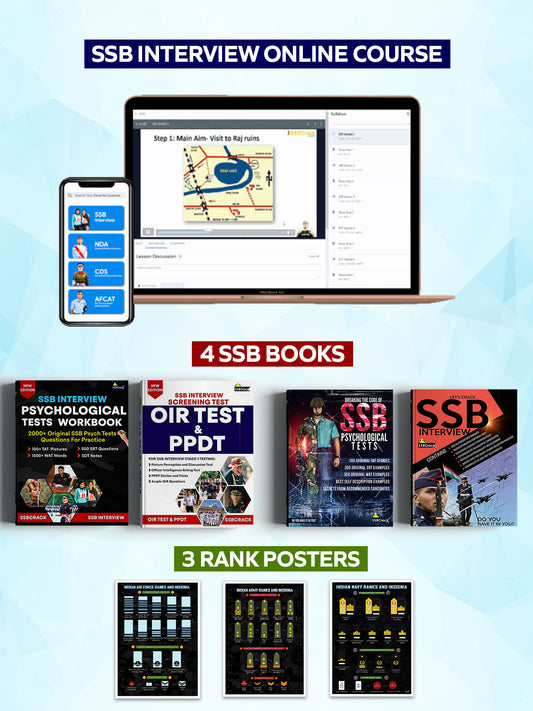

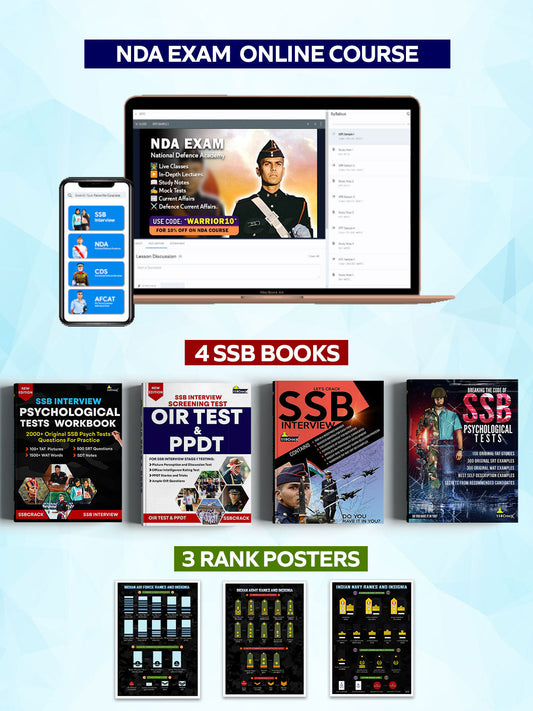

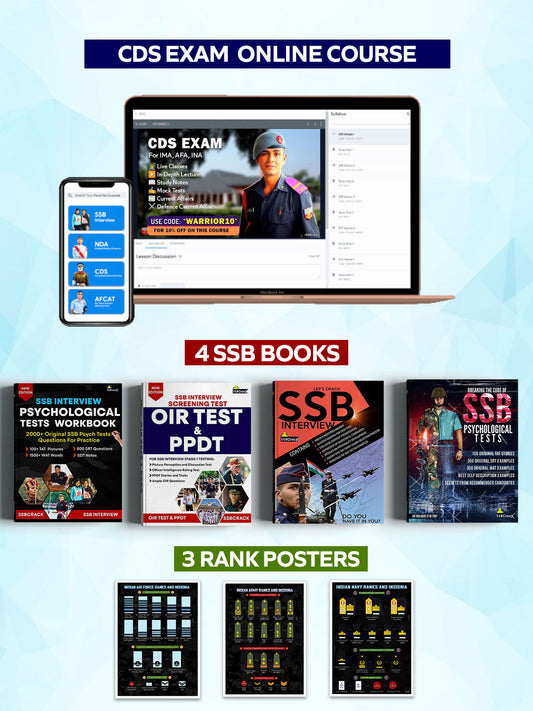

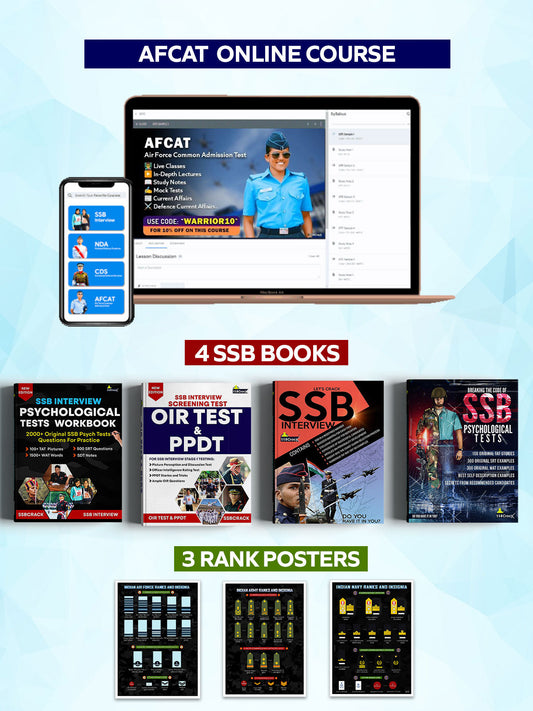



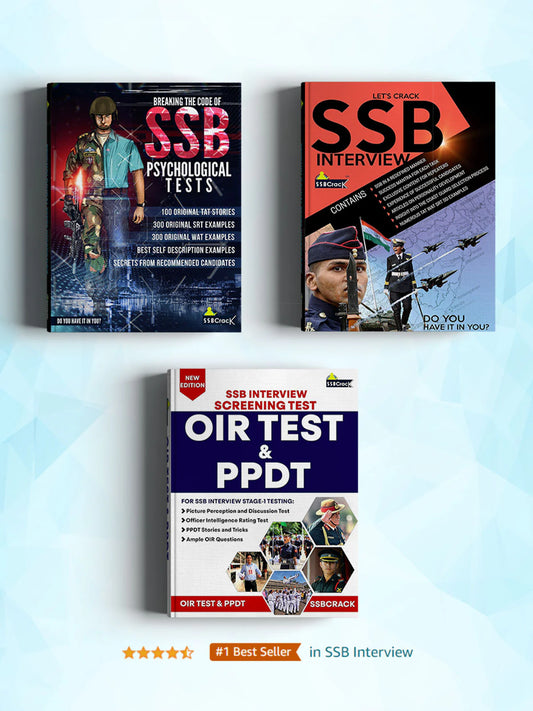

![Let's Crack SSB Interview Book [Paperback]](http://shop.ssbcrack.com/cdn/shop/files/ssb-books.webp?v=1736351621&width=533)

